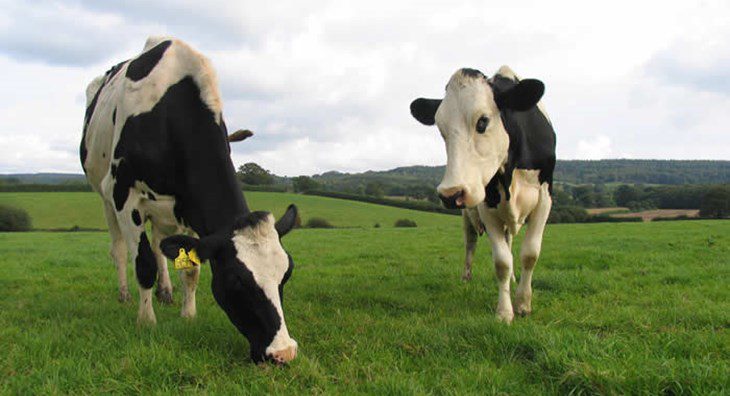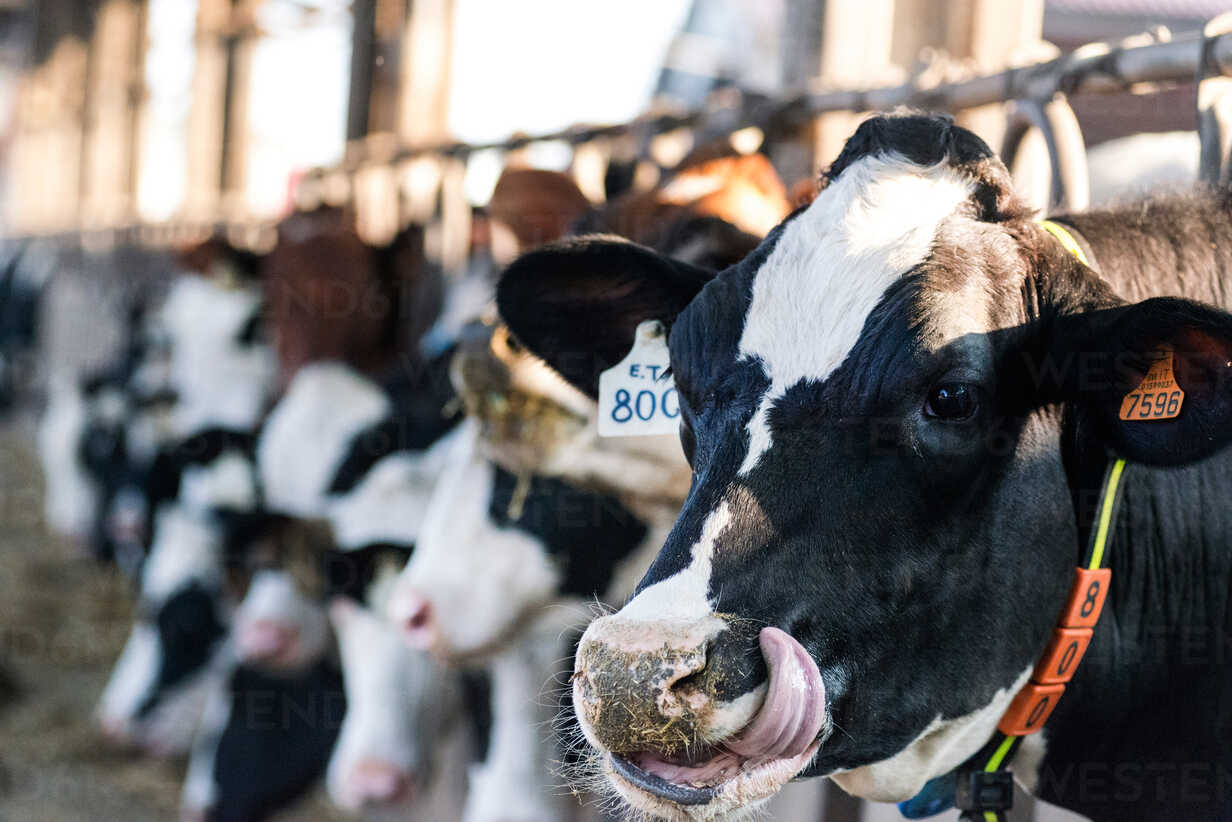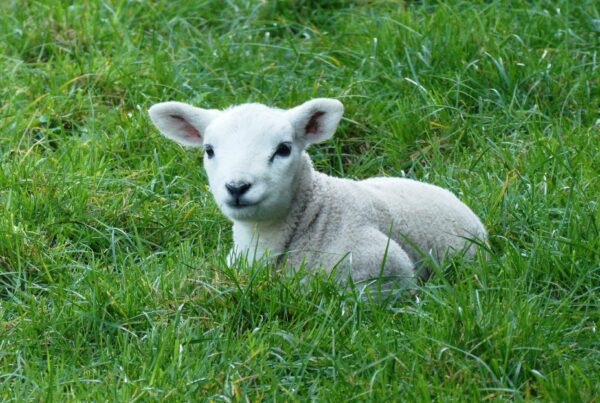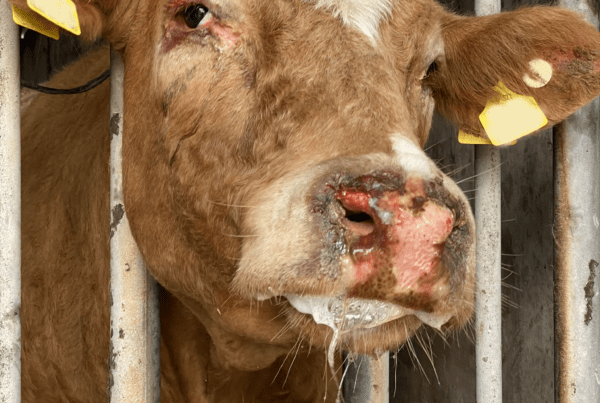Article by Kevin Meaney MVB CertDHH
Southview Veterinary Hospital, Clonmel
In January of 2022, new regulations will come into effect governing the use of antibiotics in animals in Ireland. These regulations are in response to a global increase in antibiotic resistant bacteria that threaten to become the single biggest risk to human health in the next 50 years, surpassing cancer and heart disease as the leading cause of death.
Effects of these new regulations
These regulations will mainly focus on particular classes of antibiotics, based on their use in both humans and animals and their role in treating antibiotic resistant infections in people.
This forces us as a food producing nation to look at alternative means of maintaining the health of our animals. The truth is that there are only 3 ways to address this challenge, these include;
Improving Animal Health
This seems obvious, but animal health and disease prevention initiatives operated at a national level have been very successful in reducing antibiotic use in Scandanavian countries and will be inevitably be introduced throughout the EU.
In these initiatives antibiotic use was monitored on a “per unit” basis and farmers and their vets were required to draw up plans to reduce antibiotic use, implement those plans and demonstrate how they had reduced antibiotic use. These plans usually involved identifying the main causes of disease on the farm, what risk factors led to this disease and what measures would reduce it.
Non-Antibiotic Therapeutics and Preventatives
Common examples in use today are vaccines and teat sealers, as well as non-antibiotic treatments for lameness. In the future, there will be a lot more of these products, including;
- Pro-biotics (good bacteria)- we are familiar with these, but new uses will develop, including probiotic mastitis treatments
- Pre-biotics (ingredients in feeds that encourage good bacteria and discourage the growth of infectious bacteria)
- Bacteriophages (special viruses found in nature that attack specific bacteria)
- Organic Acids- naturally occurring acids that inhibit growth of infectious bacteria. These are already popular in footbath products.
Changing How We Use Antibiotics
The biggest worry for scientists is that resistance to an antibiotic will develop in an animal and then be transferred to people; the 2 biggest risk factors for this are;
- Using antibiotics that are important in animal and human medicine
- Exposing the bacteria in the digestive tract of animals to antibiotics, because any contamination of food is usually with gut bacteria
Reducing the Risk
We can do a number of things to reduce the risk when using antibiotics;
- Follow the strict guidelines when selecting which antibiotics to use
- Avoid oral antibiotics where possible, especially blanket use of antibiotics
- Use the correct dose for the correct amount of time
- Use topical antibiotic treatments where possible (e.g., lameness, wounds, eye infections) as the amount used is much smaller and more targeted

Case Study
A dairy client of mine approached me with a very common problem; Digital Dermatitis or Mortellarro’s disease. He had increasing numbers of these, despite using a non-milk withholding antibiotic on several cows. He wanted an antibiotic footbath to try to “kill- off” the problem. I knew that this was not a sustainable solution, so now we treat new cases by thoroughly cleaning the feet and spraying daily with oxytetracycline spray until the lameness is resolved. We are now foot-bathing the entire herd on a regular basis with organic acid footbath. Only more resistant cases are treated with an antibiotic. Non-responsive cases are marked for culling. The number of lame cows and the antibiotic usage on the farm has dropped dramatically.
The new regulations are the beginning of a change in the way we deal with infectious diseases that will take many years to adapt to. This will require the farmer and his vet to work together to come up with more solutions to the health problems seen on farms.




